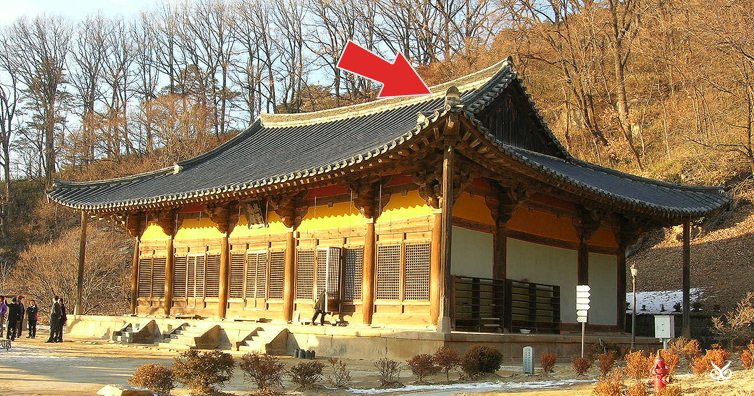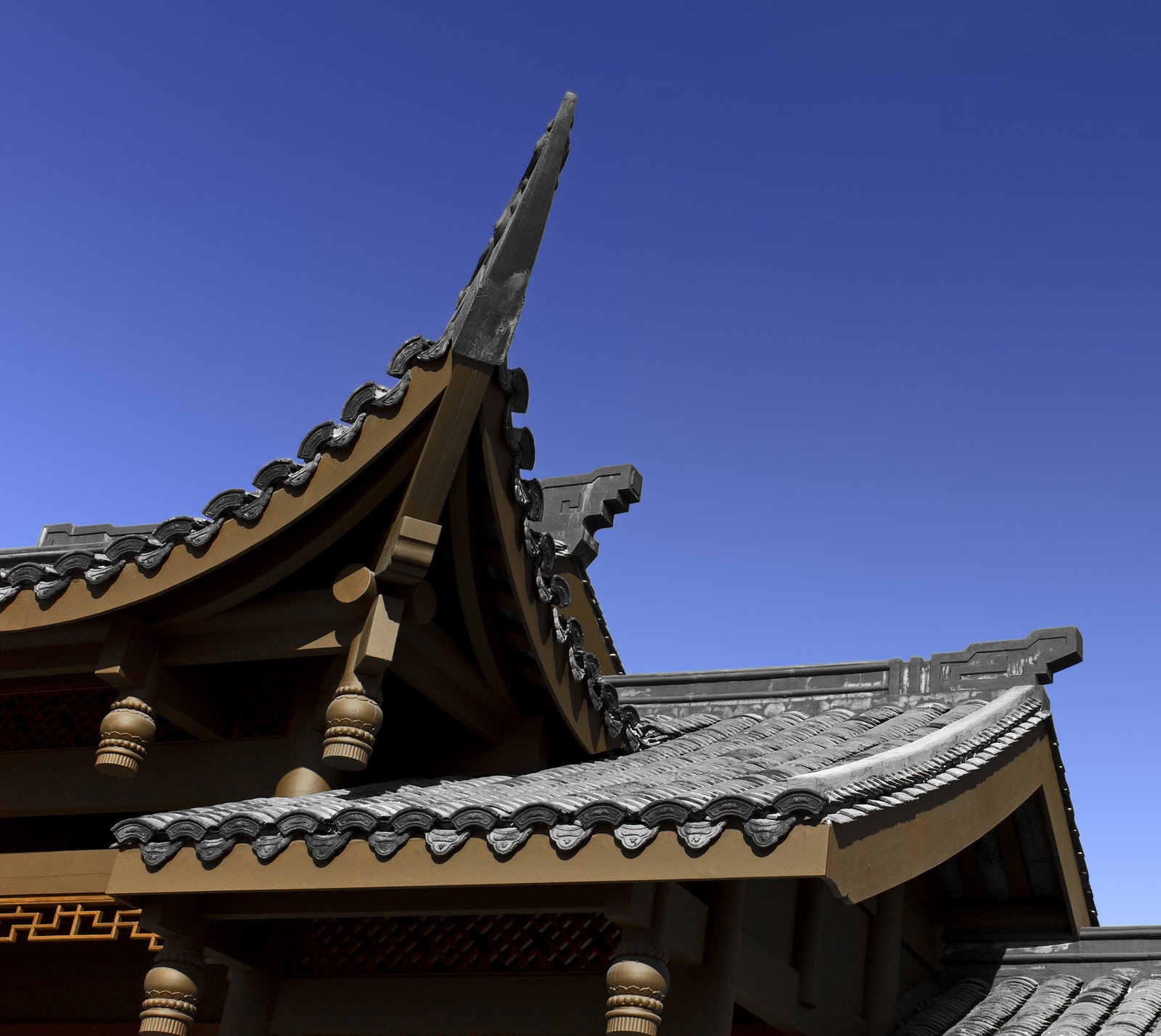Why Do Japanese Roofs Curved Up

Asian roofs are gently curved out at the corners in order to allow more light to enter the windows in winter and provide extra shade in the summer.
Why do japanese roofs curved up. Eaves in japanese architecture. Chairs and high tables were not. For example temple roofs are curved because buddhists believed that this helped ward off evil spirits which were believed to assume the form of straight lines. If evil spirits were to descend from the sky for instance they would hit the roofs and be sent shooting back up and away however gods were also inspired to descend onto earth by the color black.
Roofs are very important to chinese architecture. Sliding doors were used in place of walls allowing the internal configuration of a space to be customized for different occasions people usually sat on cushions or otherwise on the floor traditionally. The application of curved lines in japanese architecture is based on a style imported from the asiatic continent and dates from about the middle of the 6th century. Curved roofs are decided by the ethnic aesthetic viewpoint.
There are many curved lines in the design of the japanese roof and the most remarkable are the curves of the eaves and the slope of the roof. Buddhist temples have curved roofs. This happens because in summertime the sun is more directly overhead while in the winter it only gets about 35 degrees above the horizon at noon. Not only do they protect residences from the elements but they also have a deeper meaning.
Japanese architecture 日本建築 nihon kenchiku has been typified by wooden structures elevated slightly off the ground with tiled or thatched roofs. The harmonious blending of these two types of curves is the terimukuri style of roof seen on many japanese shrines and temples as well as on mikoshi portable shrines and hearses. Bioclimatic architecture at its best. Some say the curved upturned roof in chinese architecture originated out of buddhism and its ancient principles of warding off evil with curves.
The upturned eaves on roof corners are the most identifiable mark of chinese roof architecture. However the designs of these curves are decided by master builders who contract the construction of buildings. Teri are curves that slope gently like the base of mount fuji and mukuri is the bulge that rises up at the peak. The curves of roofs are characteristics of japanese traditional wooden architecture.

















